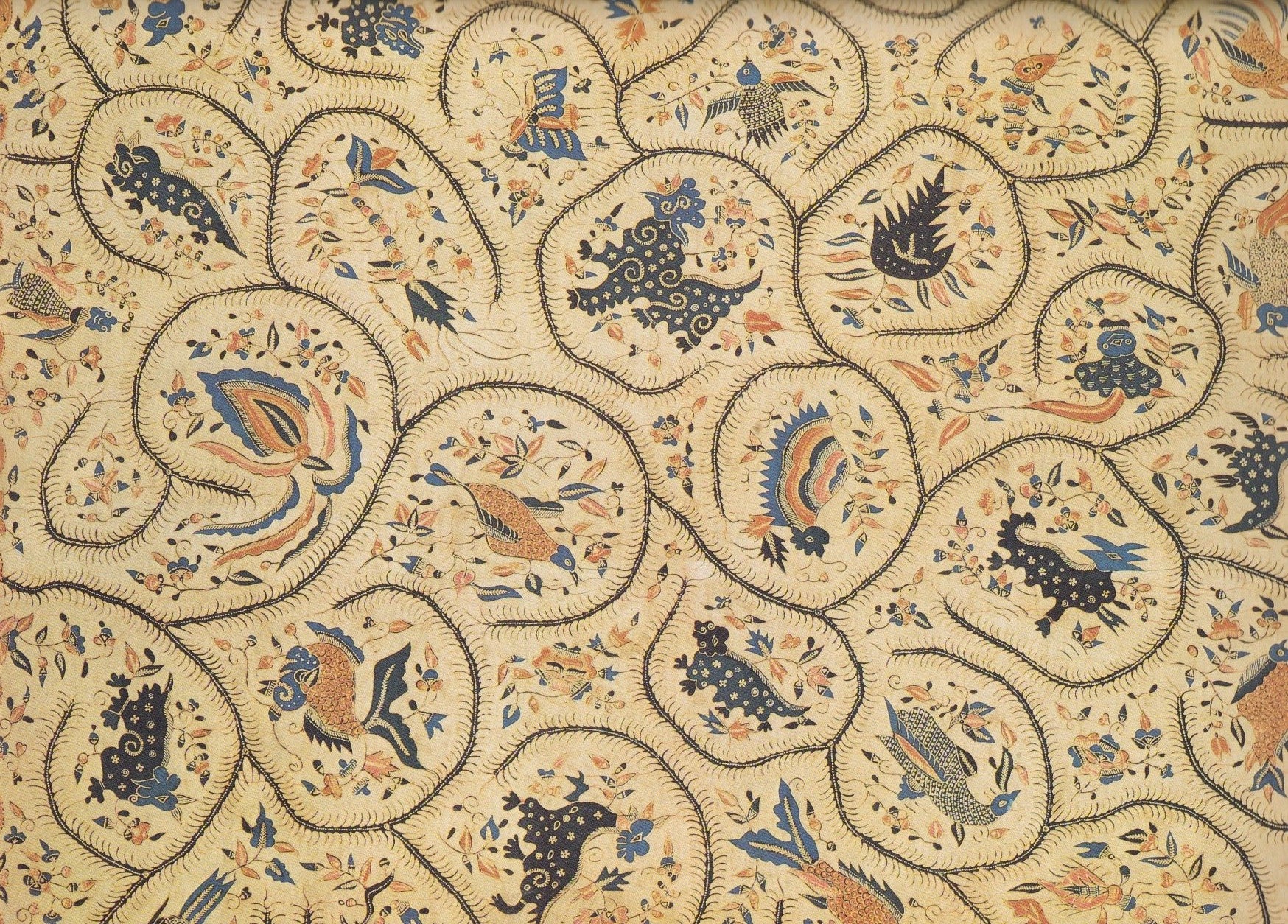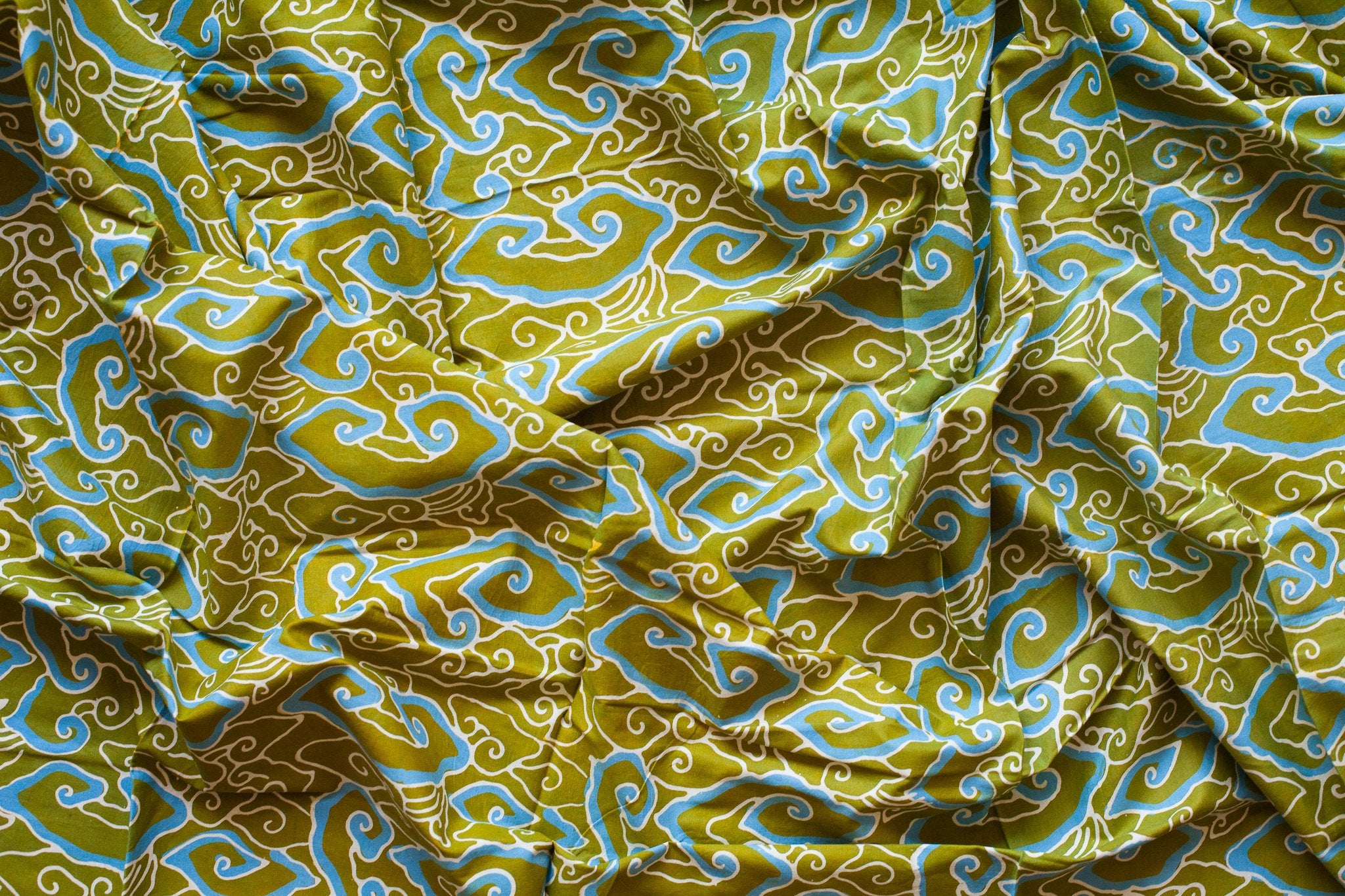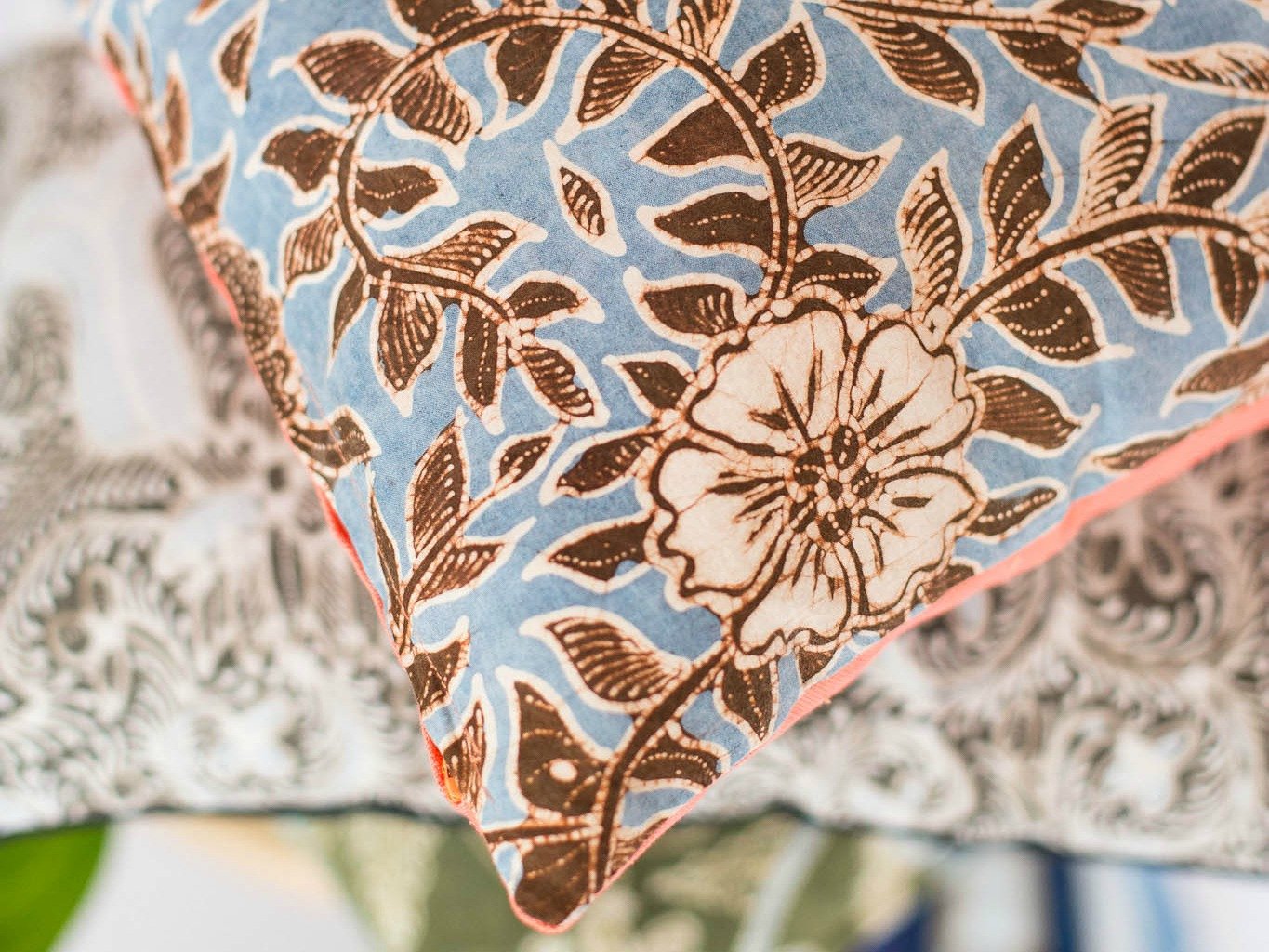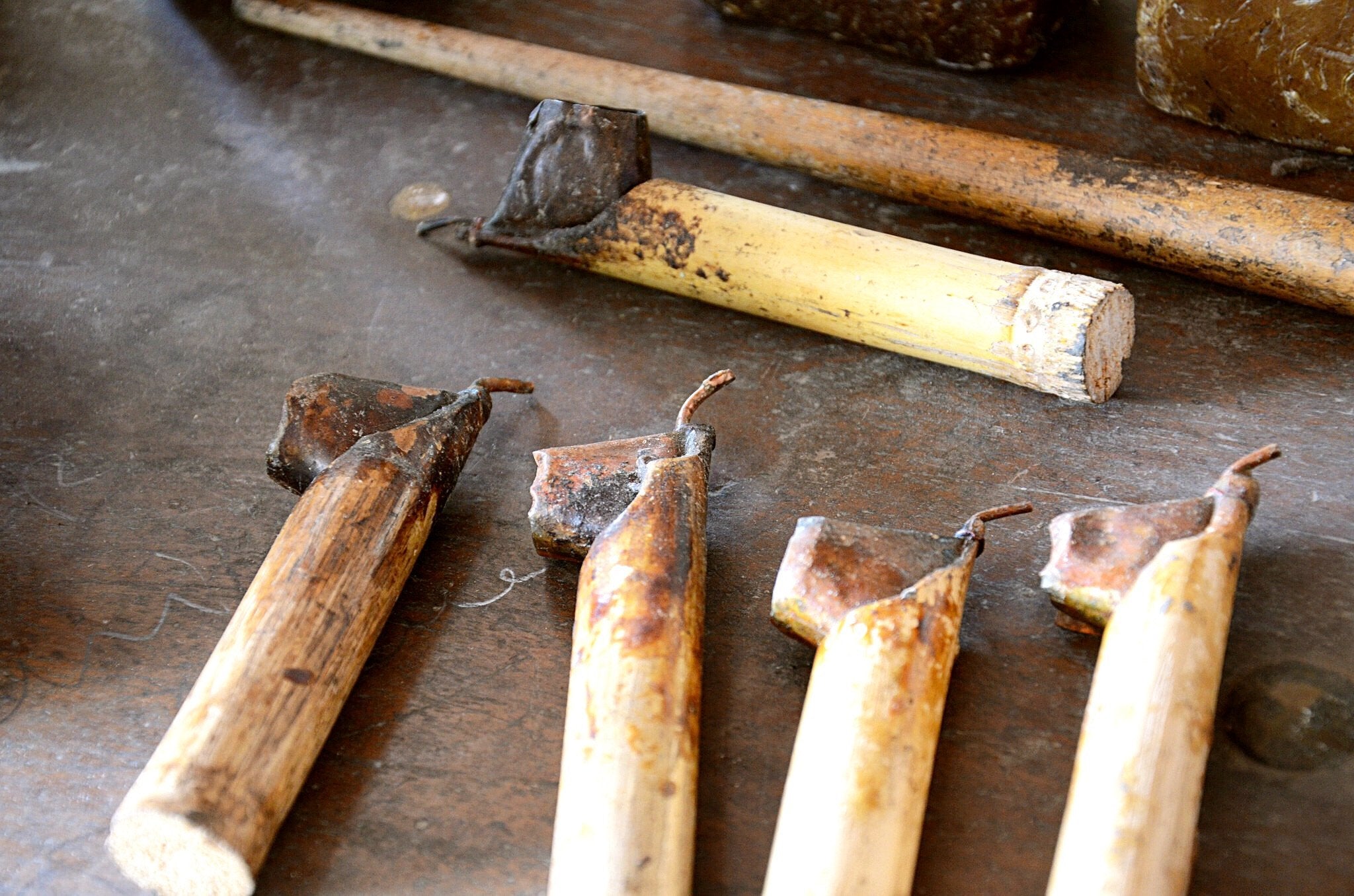On the coasts of Java, where the sea route connected Indonesia to the world, a different kind of batik was born. Unlike the stoic and structured patterns of Central Java, the motifs of coastal batik are unconstrained and uninhibited in both pattern and colour. With influences from China, Arab and India, gentle scenes of nature like flowers, fish and animals reflected life on the coast.
1. Mega Mendung

In Cirebon on the north coast, the mega mendung pattern is inspired by Chinese iconography. Clouds are a bringer of rain and are regarded as symbols of fertility and life.





Beautiful, colourful butterflies adorn many pieces of coastal batik and can usually be found together with flowers. As with flowers, their meaning may be based on the interpretation of the artist's work as a whole.
Other animal characters like dragons, elephants and lions when embedded in batik hold strong significance especially in relation to Hinduism and Chinese culture. Elephants are reminiscent of Lord Ganesh while dragons and lions denote power and prosperity.

The patterns of coastal batik are unique, dynamic and even contemporary. The people, often described as freewheeling are uninhibited, using synthetic dyes to add excitement to their art. Beyond the symbolism of a pattern, colours can also have meaning; Pastel colours for young females, and deeper hues for adults. Red is also often used for good luck and happiness.
See how we translate these meaningful philosophies in our designs. Incorporating a textile's symbolism with integrity is central to what we do at Gypsied.
References and credits:
Gangan Batik from the collection of Inger McCabe Elliott, New York, ca. 1910-1920, Cirebon, artist unknown.
Floral Batik 1 from the collection of Inger McCabe Elliott, New York, ca. 1910-1920, Pekalongan by Eliza Van Zuylen.
Floral Batik 2 from the collection of Jane Hendromartono, ca. 1972, Pekalongan.
Elephant Batik by Silvain de Munck
Last batik from the collection of Anita E. Spertus and Robert J. Holmgren, New York, ca. 1890-1900, Pekalongan, artist unknown.
All text and other images are our own and subject to strict copyright and intellectual property regulations. They are not to be reproduced whether in whole or in part without permission.



